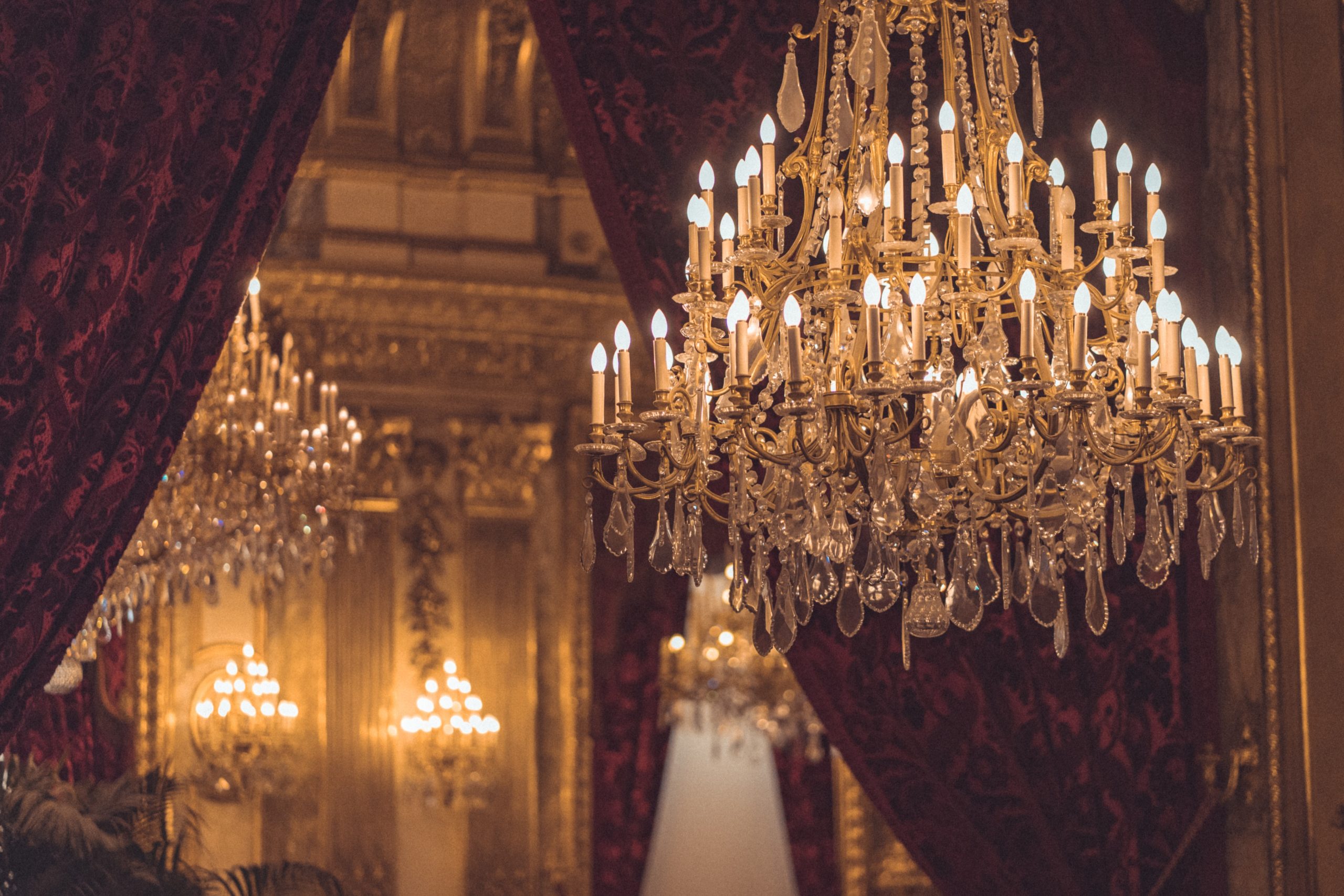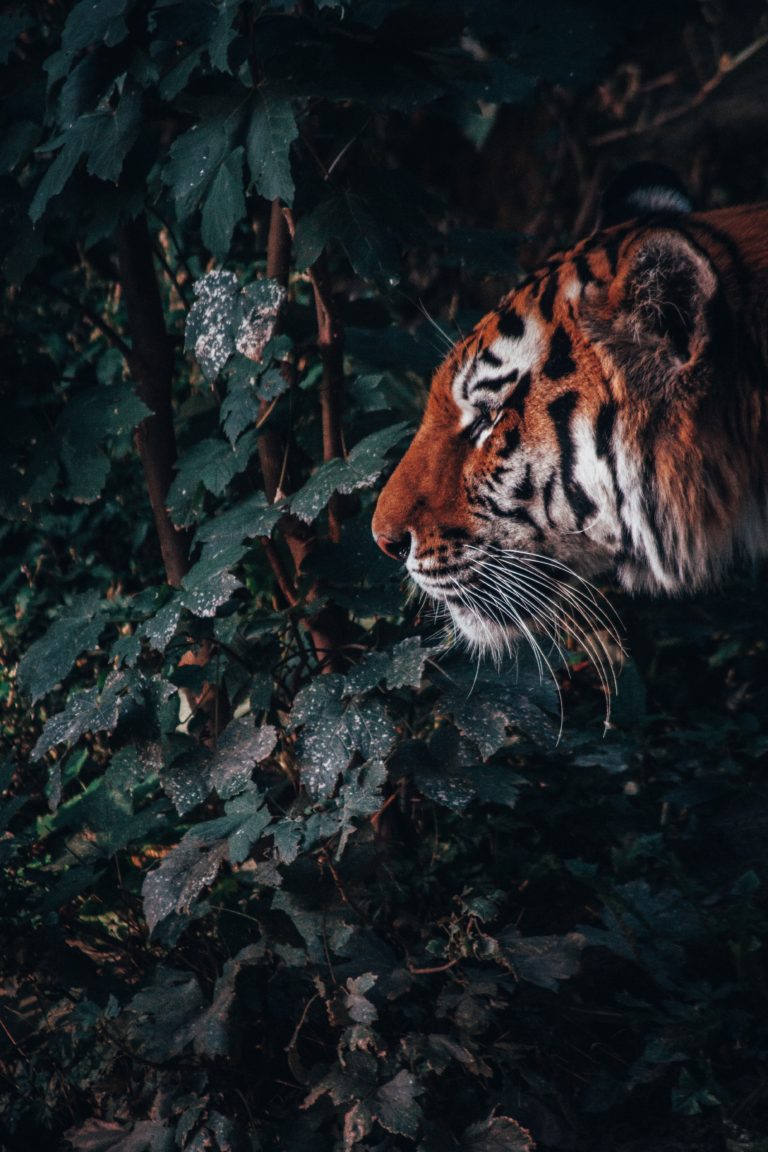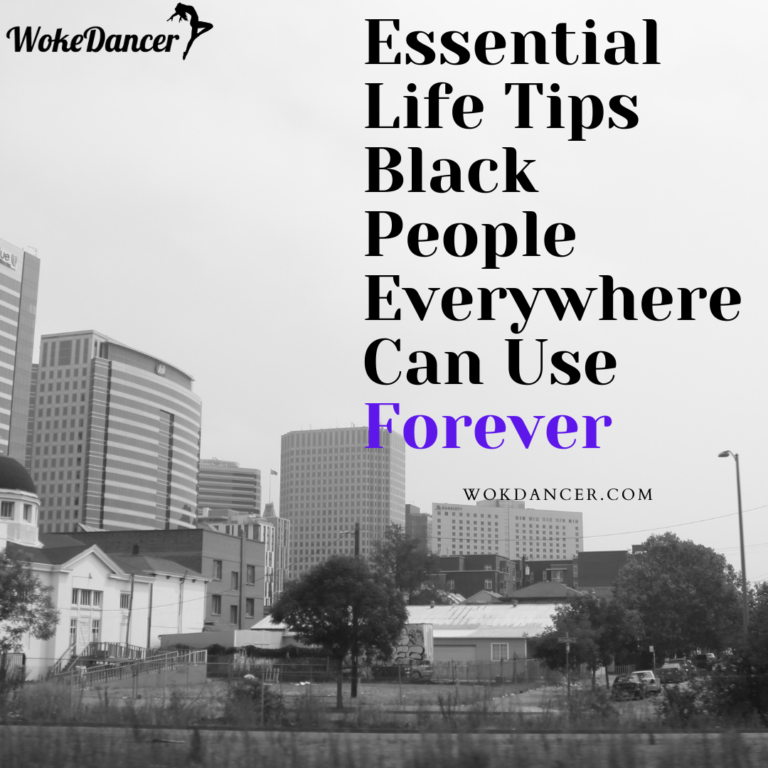
Redefining the “It” Factor: How to Stick Out Anywhere
How to develop “it” factor and stick out authentically as an artist
There are certain qualities that we all have naturally that could serve as an asset in a particular creative pursuit. This is an important fact to remember. That “innate” talent, or gift, is something people talk about often with the “greats.” This innate talent to do a craft is also in the conversation of the “it” factor. “Some just have ‘it,’ and others don’t.” Some are just meant to be a star is the age-old wisdom, and how to develop “it” factor seems impossible under this common logic.
And with this methodology, art comes down to what looks good on the artist and their particular set of natural skills and genetics. If one has natural flexibility or a naturally smaller body frame, some dance forms appear much more effortless initially. This is somewhat true. If the imagination is spacious, creative writing becomes an exhilarating experiment. Musicians that seem to have a certain clairaudient quality, hearing something deeper in the music, can make us cry, get excited, inspired, and happy. But deeper than the physical, what separates artists we don’t notice from the ones we do? What about them catches our attention?
In “Unconventional Artists: the power of risk,” risk was highlighted as the main catalyst for developing your own lane as an artist. But how do you get closer to the feeling of being able to take risks like this? How do you develop your own “it” factor in the face of adversity, in an industry that doesn’t care about you and is heavily over-saturated with people just like you? In other words, what makes you as an artist and your art stick out from the noise? “It” factor is this elusive quality that artists have that make us gravitate toward them, their talent, or performances. And there are ways you can cultivate your own persona in a way that shines.
I’ve studied different celebrities (most notably musicians) with an “it” factor according to a vast majority, and narrowed it down to a few people as examples later below. What I noticed is that they began to demonstrate overlapping factors that became glaring after watching their performances, listening to them talk, and seeing how they carried themselves in the world. With these factors being cultivated, I believe many artists can begin to nurture their inner light to shine wherever they go, to be able to do their art in a fearless way. It’s one thing to know you have to take risks, but it’s another thing to believe you have the vision that’s different from the rest, and just be, not think about it; just do it. This begins with mindset.
Practice more than your peers, so it appears effortless
Consider going the extra mile, and holding yourself to a higher standard as an artist. This is the bare minimum if you’re interested in sticking out from the rest, because most artists won’t do this. Most artists believe that creating art is easy just because they love it and they may be decent at it, and will neglect the concept of hard work equating to talent.
You should always seek to level up artistically and technically, surpassing your own expression, getting closer to the grand visions you presumably have. To get there, it requires a lot of practice, studying, and dedication. Take the extra dance class, write the extra hour, read the reference books, hassle your peers and mentors in your industry with questions only they can answer, spend the extra time refining your inspirations, doing the micro exercises that no one wants to do. A little borderline obsession and passion translates in performance and/or execution – whether in the performing or visual arts. As someone that has observed many different types of artists closely during my time at film school, and as a dancer and writer, this is almost always a similarity between those who stick out in their craft, and those that don’t.
Heavy practice can make your craft appear effortless, and because art is not easy, not many artists can make it appear like it is. Practice is crucial, then. Looking effortless catches eyes almost automatically, because it activates the emotion of awe – a highly stimulating emotion to action.
A great example of a musician with a distinctive ear is Anderson .Paak, but he was far from the sound we know today. He released his first EP in 2012 at the age of 26, but didn’t become commercially and critically successful until he was 30-years old with Malibu. Multiple EPs and collaborations, opening for tours, constant refining of sounds every project – his practice and passion is seen and felt all over his work. Now observe his work with Silk Sonic; that didn’t come overnight. He started making music in his teens, so with practice also comes patience in finding your own lane. This will help with building confidence, as well.
Get in touch with your pleasure and inner joy
Sensuality and creativity are interlinked in how they flow without much thought and can be very pleasurable. These powerful energies lead to insights, artistic visions, and joy at a core level. One must find ways to infuse their own excitement into their lives and projects, even when creating seems like the last thing they want to do.
Things that bring you joy in life could be like going out to a nice dinner, taking a nap, or going to hang with friends as a treat after you’ve worked. Bring little pleasures back into your world as you create something beautiful. Then use your art as a way to seduce the world around you with your inner pleasure.
In a more practical sense in the realm of creating art, trying to find new ways to approach a creative project will activate that joy as well. If you don’t want to write at your regular desk, maybe going outdoors is that peak of inspiration waiting for you. Or maybe you need a trip to sit and read for hours, no writing at all. Just experiencing life, and pouring it back into the work. Find different, more interesting ways to approach your normal creative routine and processes. This will keep your creativity and spontaneity flowing.
When art comes from a place of pleasure, the projects feel exciting when it’s finally done. With uninhibited energy, the art shines to its greatest potential, although creating won’t always feel pleasurable in the process. It’s like giving birth to a baby: a lot of endorphins are released and you’ll be surprised at those random bursts of intense joy and ecstasy, but birth isn’t synonymous with pleasure. Without the great pain, you would never have had the baby. We must simultaneously give birth to our own pleasure while we birth great work.
We must start to look at the stack of work a bit differently now; it may shift creativity levels as well. Seeing what it could become and not just its difficulty, and then finding ways to make it more enjoyable through the process. All of this activates your inner joy, because you’re focused on making the process better – more fun and exciting. And when balanced with your commitment to practice, your art will eventually stick out.
Inner confidence that’s quiet
Inner confidence that comes from the inside out, that speaks for itself, is incredibly sexy for people watching. When you’re confident in yourself, to the point of not caring what others think, your work starts to unfold in any way you want. No more overcompensating or feeling inauthentic while creating or performing. This is part of the “elusive” quality that most miss, and it’s hard to articulate precisely how to create this sort of confidence.
However, the easiest way to begin to get in touch with that confidence that just flows on its own is to write down all the qualities you love and hate of yourself – and your work. Look at the ones you hate, and ask why you hate them specifically. Then look at it objectively [whether these feelings seem justified to you is irrelevant]. Are those “bad” qualities as bad as they seem? How have they benefited you in your life, and made you a better person and artist? Now, look at the good qualities and remember how dope you really are.
The next part is acceptance. Acceptance that you can change some external things about you, but you must accept that you just are who you are internally. That’s where that effortless confidence begins. If you know all of your good and bad, you know all of yourself. Knowing yourself on a deeper level equals inner confidence and understanding. Then you no longer have to try to be yourself – or anyone else – and you’ll be confident about everything you’re bringing into your work and your life.
What no one talks about confidence is once you accept your “bad,” you can decide whether that was a facade or whether you could improve that quality in a way that serves you in a more positive way. That type of control over how you express to the world and acceptance of oneself has an effortless appearance. People adore the artists and people with high levels of authentic, effortless confidence.
The last part of inner confidence is eye contact. Look people in their eyes unapologetically. When you accept yourself, this is actually incredibly easy. You look to observe, to see, to be present. You are who you are, and no one can take that away from you. Look people in their eyes and show them who you are. That’s how people see confidence: through the eyes, then the rest of the body.
Being different and being yourself
You have to be a little different. Our egos make us think we’re different automatically, although that is rarely the case. The only time we can truly stand out then is when we are literally standing out, daring to be different, experimenting in our fields even if it seems like an insane endeavor [which practice helps to foster].
Being yourself is an underrated hack for naturally shining. You shine when you’re comfortable in your skin. Acting on the things you truly desire, aligning with your own passion, self-care and opinions, etc. Having your own values combined with experimentation in your creative form creates your authenticity, and it makes people wonder how you had the courage to stand out in the first place.
Standing out is a natural byproduct of developing confidence, because you’ll want to express yourself and you won’t mind people looking at you. People get down on the Leo archetype, but they’re ruled by the Sun and rule over the performing arts, fun, joy, and children [and more] for a reason, because they’re not afraid to shine and express themselves!
Artists have to think in this same vein. If no one ever sees you, why did you put it out in the first place? Deep down, people know that someone will see, but don’t believe they deserve to be seen. Drop that mindset. We’re all just creatives creating what we love, and if you put out your own uniqueness into the world, then it will stand out in its own way. Once you’ve done what you really wanted, try something new that excites you. Then you’ll stand out even more because you’re not copying anyone. It’s fresh and unique.
Knowing how to stand out, too, is a byproduct of practice and experimenting, because it’s inevitable you’ll be heavily inspired before you’re able to experiment with completely new directions in your craft. So, all of these factors matter when developing your shine, your “it” factor.
Arguably, the most important key to being yourself is expressing your emotions through your art, then people will resonate with it too. It’s the human in us. And it’s truly so powerful of an asset to be in tune with your feelings.
Why the “it” factor matters
If you’re not yourself in your art, what’s the point?
Many people will say they don’t care how others view their art, and this can be true. But I think a more accurate statement is that they don’t do their art simply for others’ opinions, and that putting it out into the world is how they express themselves. This should be true, because creating something you want to see and contribute into the world that has never seen it is a powerful thing – the essence of art. But we have to acknowledge that part of self-expression is a bit of validation and/or criticism, and we care, even if it’s just a small amount. That is also the human in us.
A way to cultivate “it” factor while caring a little less about that validation/criticism is our ability to show our truest and best selves. This becomes a healthy ego journey, channeling identity into authenticity that resonates – both emotionally and aesthetically – into the art you create. Then you won’t care as much if people like it or not, because you like it. That’s why the “it” factor can be so powerful, because you have the ability to shine in your own uniqueness. People may love or hate you for it, but you will shine regardless.
More examples of “it” factor from celebrities – a micro case study
Aaliyah
- Practicing harder than her peers: Known for her effortless ability to perform due to her being a dance major at her performing arts high school and constant performing from the age of 13. She was also known for always being in the studio or working.
- Inner confidence: Her calm and collected demeanor and confidence in interviews, her swag in fashion and style that stood out.
- Being different and being herself: Experimental sounds in R&B with the aid of producers challenging their current sound, changing fashion trends, and experimenting with new and unique aesthetics in her music videos that highlighted her love of punk and rock.
Rihanna
- Practicing/working harder than her peers: She released an album with a leading sound of the music industry at its time for four years straight, had consistent stage presence during performances, and released over five+ singles per era. [The standard is 1-2 singles per album.]
- Being different and being herself: She also used wild hairstyles that were hard to ignore, had a unique voice that sounded different from her other pop/R&B contemporaries, and had daring fashion choices that looked like no one else around, expressing her emotions through performances and her fashion choices.
- Inner confidence: The fact that she was dressing in very experimental fashion and was one of the few who could rock it confidently really embodied the type of confidence we know her for. “She can beat me, but she can’t beat my outfit,” Rihanna said.
Kali Uchis
- Inner confidence: When she was told to her face that she would never make it because there were people far better than her, her response was this: “But they aren’t me.”
- Being different: She utilized a “vintage” aesthetic combined with a modern interpretation that feels like its own world. Inspired, but different.
- Being herself: She included both her American and Colombian culture at the forefront of her work: music videos, how she speaks of her experiences, and the languages she decides to use. Her firmness in her identity made people resonate with her story and follow her, most notably to the rise of one of her most recently popular songs, “telepatía,” which was a smooth blend of English and Spanish.
Final Words
It’s not as hard as we believe to find the “it” factor in us, but it is somewhat challenging to cultivate energies within us that cannot be taught beyond basic tips and watching those who came before us. By now, we see that “it” factor is loud, sexy, fun and full of joy. “It” factor isn’t anything besides what we already are.
There are many more ways to develop what we know as “it” factor in this context as an artist, but I hope these tips serve as a strong beginning to finding your center, and learning how to embody being the “center of the room” without a care in the world. Because really, why should you?




Comments (6)
Gloria
May 21, 2022 at 9:17 am
This article is everything. As an artist, I feel like this generation has too many biters trying to do what everyone else has done, even though the art is only great if you put yourself into it.
Zakiya Moore
May 21, 2022 at 10:28 am
Exactly. We have to find our inspirations in a multitude of things, not just copying and pasting what’s already been done that happened to work. Thank you for your comment!
Jose
May 21, 2022 at 9:43 am
This quote speaks volumes: “What no one talks about confidence is once you accept your “bad,” you can decide whether that was a facade or whether you could improve that quality in a way that serves you in a more positive way. That type of control over how you express to the world and acceptance of oneself has an effortless appearance. People adore the artists and people with high levels of authentic, effortless confidence.”
Zakiya Moore
May 21, 2022 at 10:29 am
Self-acceptance is the key to confidence! Thank you for reading!??
Vanessa Burke
May 21, 2022 at 1:47 pm
Just found this post on google. This was some tough love, but I definitely needed to read this because I always feel like I’m never doing enough work with my music. This was a wakeup call
Zakiya Moore
May 21, 2022 at 7:10 pm
Oh wow, I’m glad it resonated with you. We all have that little something special in us, it’s just about cultivating it. Like planting a tree, it takes time to see the fruit. You got it, just keep going. There’s some beautiful music waiting on the other side. Thank you for your comment.